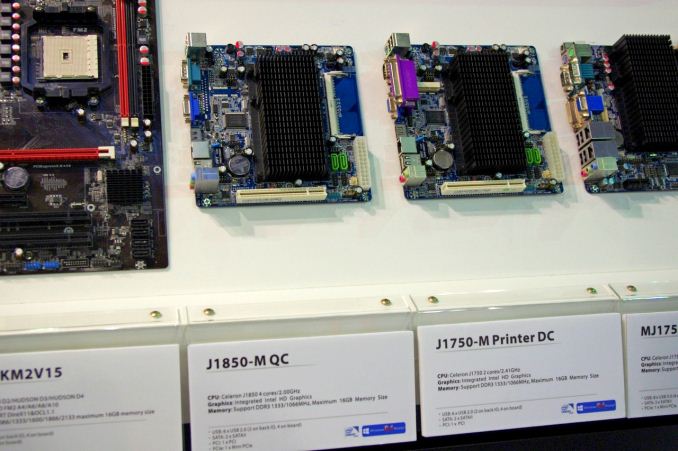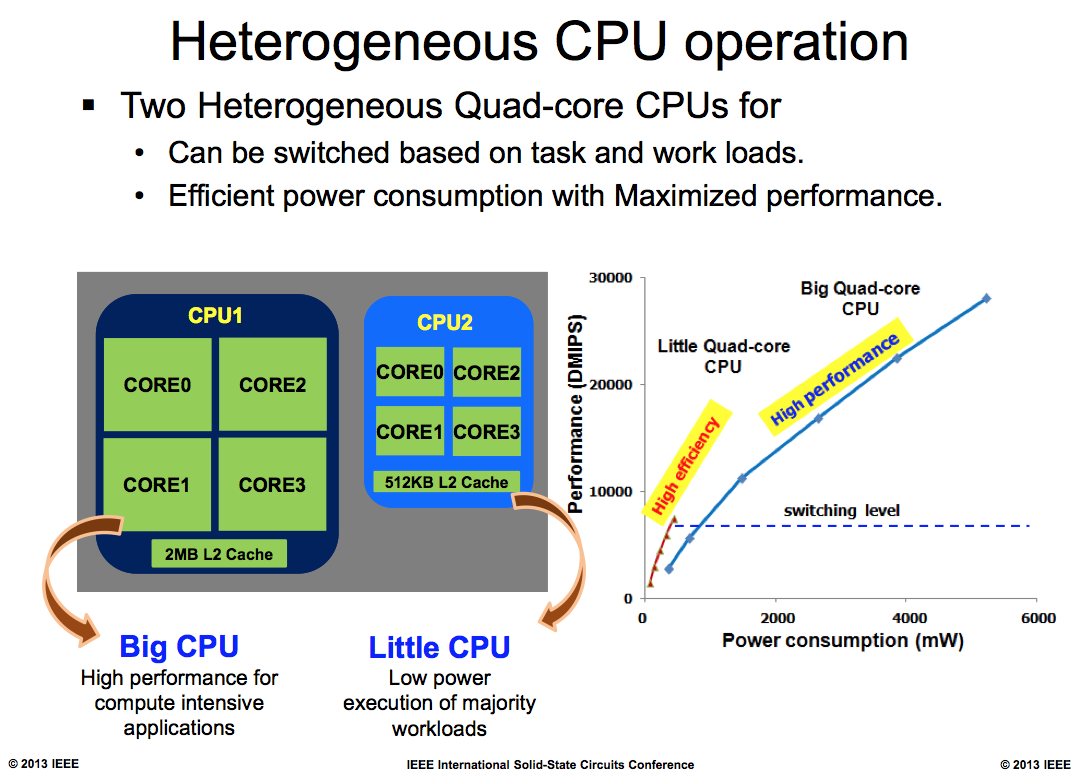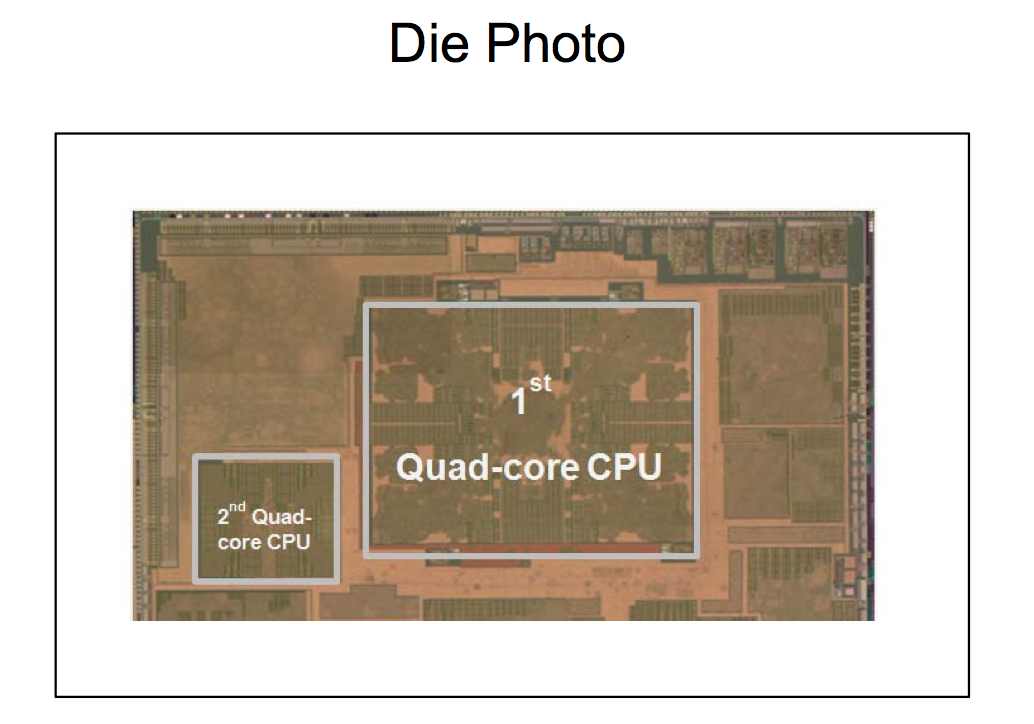monstercameron
Well-Known Member
Wouldn't newer images and binaries be needed switching from [forgive me if I am butchering this] soft float to hard float(using newer socs)?monstercameron:
Your goals are contradictory. Switching to x86 means all existing OS images and precompiled binary packages are completely and utterly incompatible. New bounties would need to be issued, accepted, and awarded to begin to simply start to restore the software library.
To quote ARMH's website regarding the Cortex A7:If one wants 2008 battery life, you have to stick with close to 2008 performance.
"A single Cortex-A7 processor can deliver 5x energy-efficiency, 50% greater performance and is one fifth the size of the ARM Cortex-A8 processor, which powers many of today's most popular smartphones."
Given most of the Pandora's workload is well within the capabilities of the existing processor and a Cortex A7, it and it's low idle states while a larger core is gated off, your statement is poorly founded. For that matter, my understanding is most of the current testing indicates that there isn't really a processing power problem so much as a code quality problem, within the regime we're talking about at least, which brings up back to the issue of binary package compatibility and bounties you're arguing should be thrown away.
What emulated systems are you thinking would be picked up beyond the current selection that'd justify having an associated BIG core running full out? Note: assume that the emulator only uses what it needs, rather then trying to go for hundreds of frames per second.
As for price the Shield represents something Pandora will probably never be able to do as a relatively high power point for its time, and even then people were not happy with the 350USD pricepoint, and nVidia is apparently intending to reduce it to 300USD as a result. Related to that the vendor and support differences in cost are quite significant.
besides there are already metric tonnes of compiled apps in the wild for x86, using arch? grab packages from aur, or debian based, grab them from the ubuntu repos...
Last edited by a moderator:




